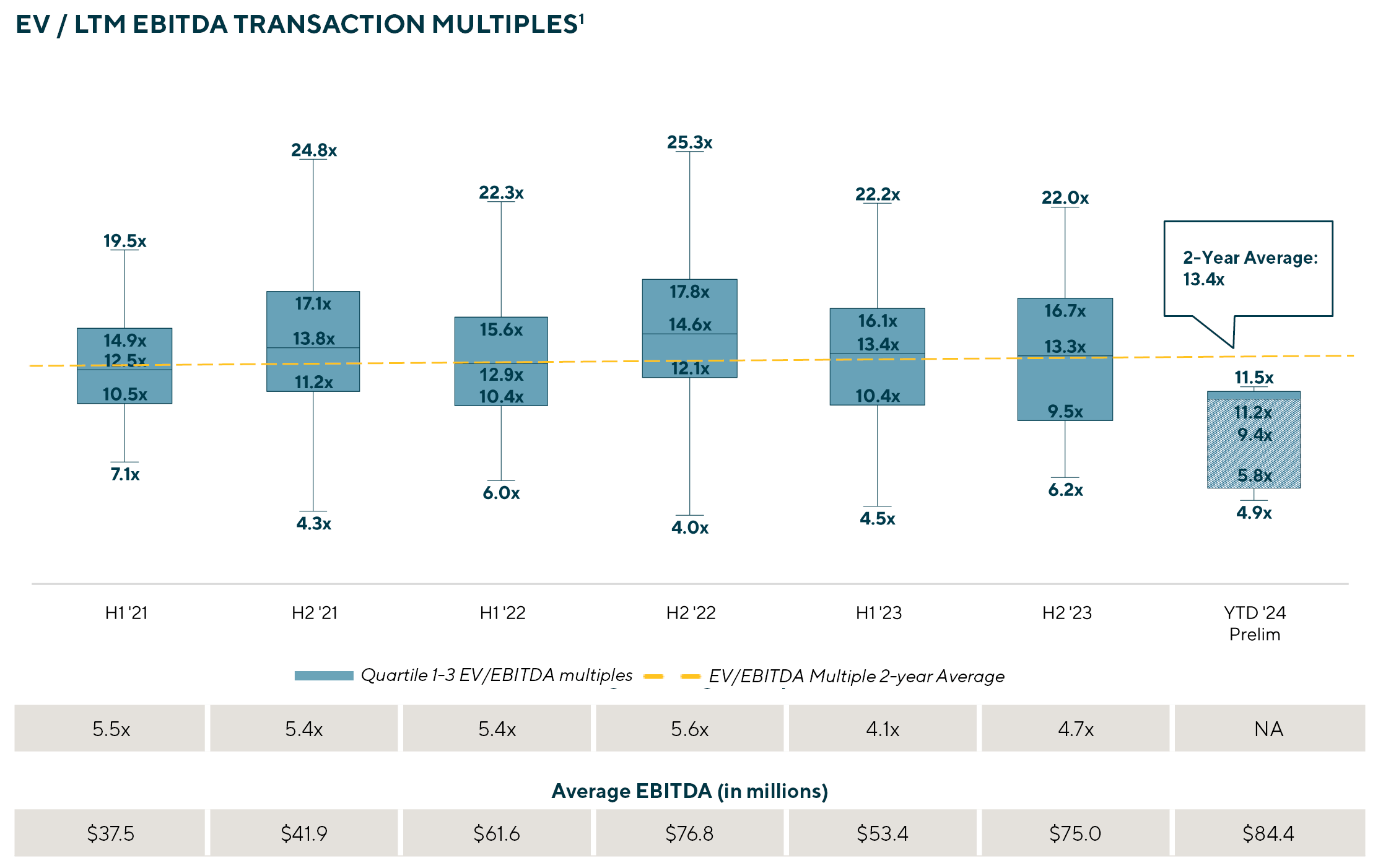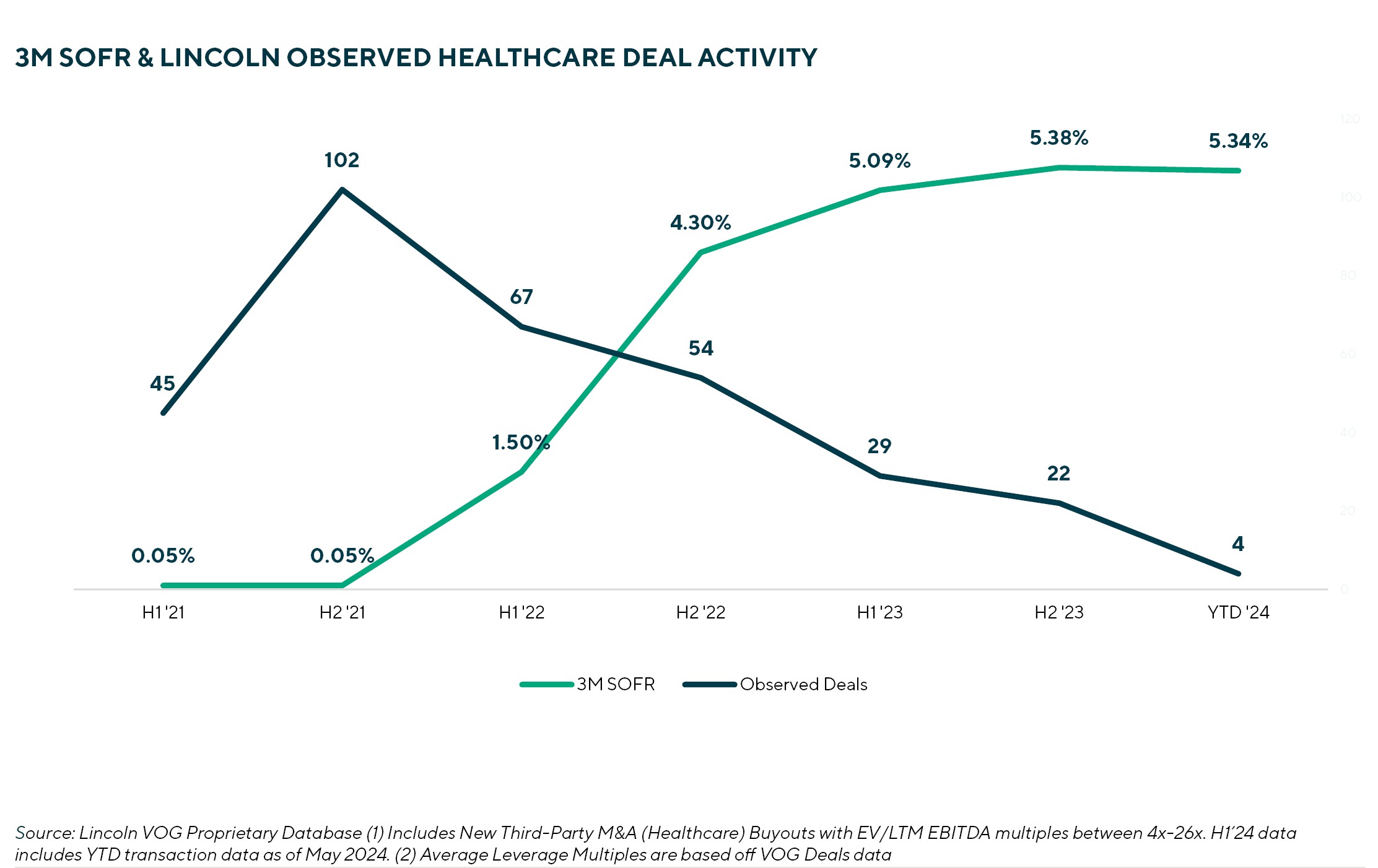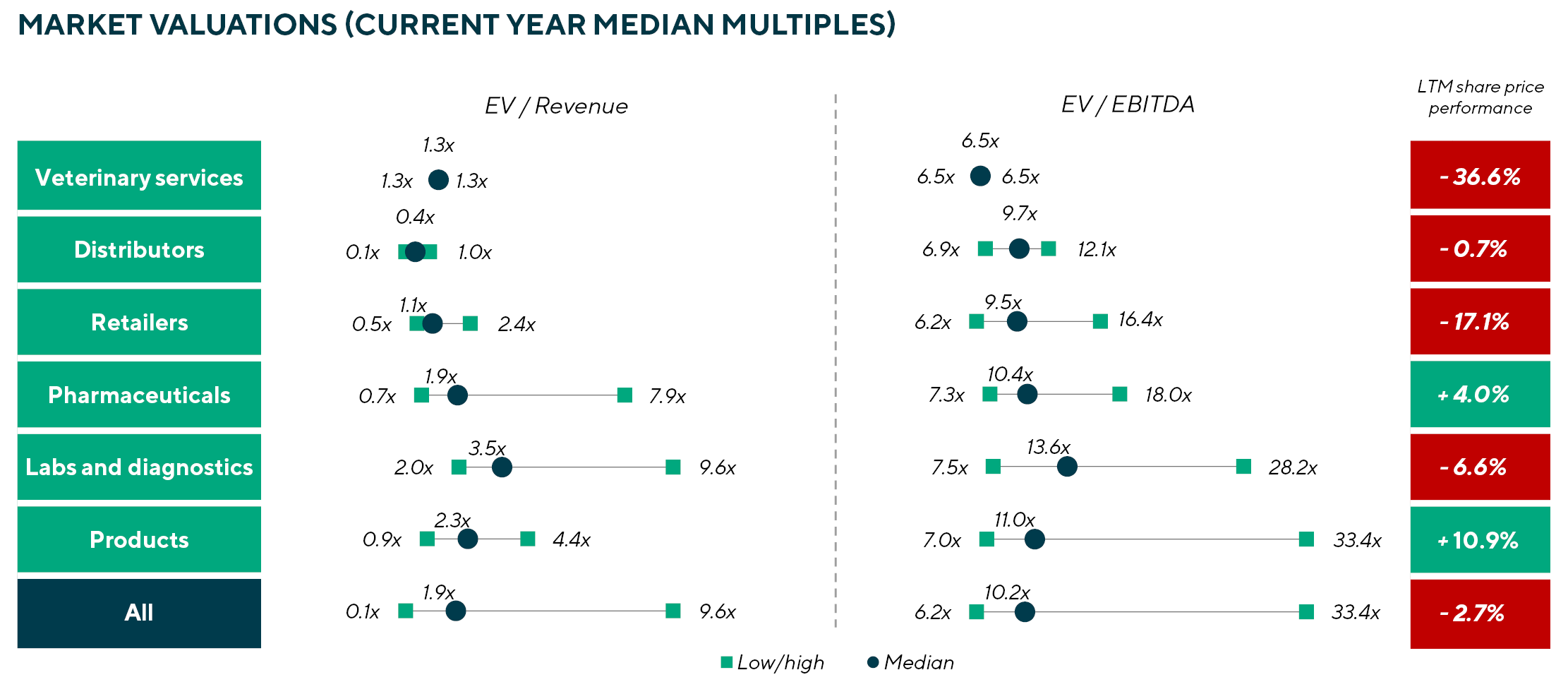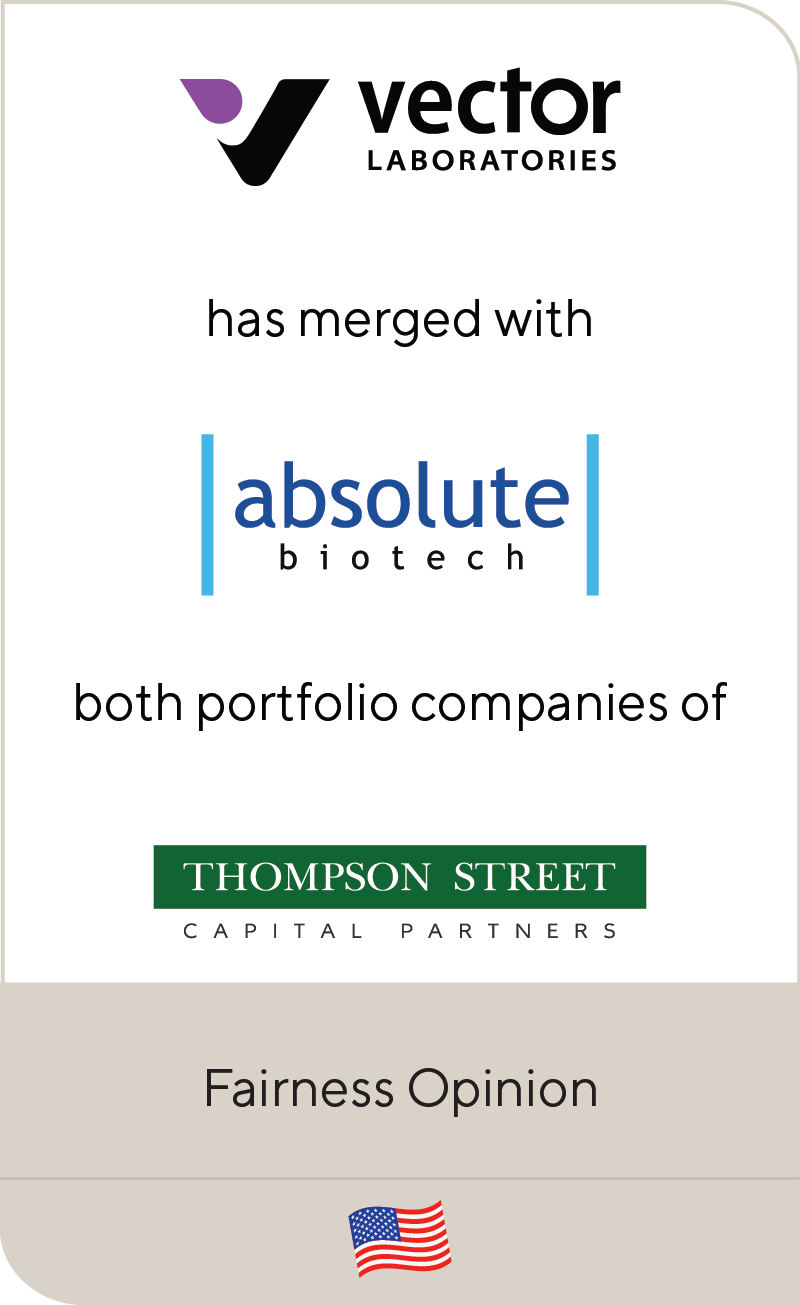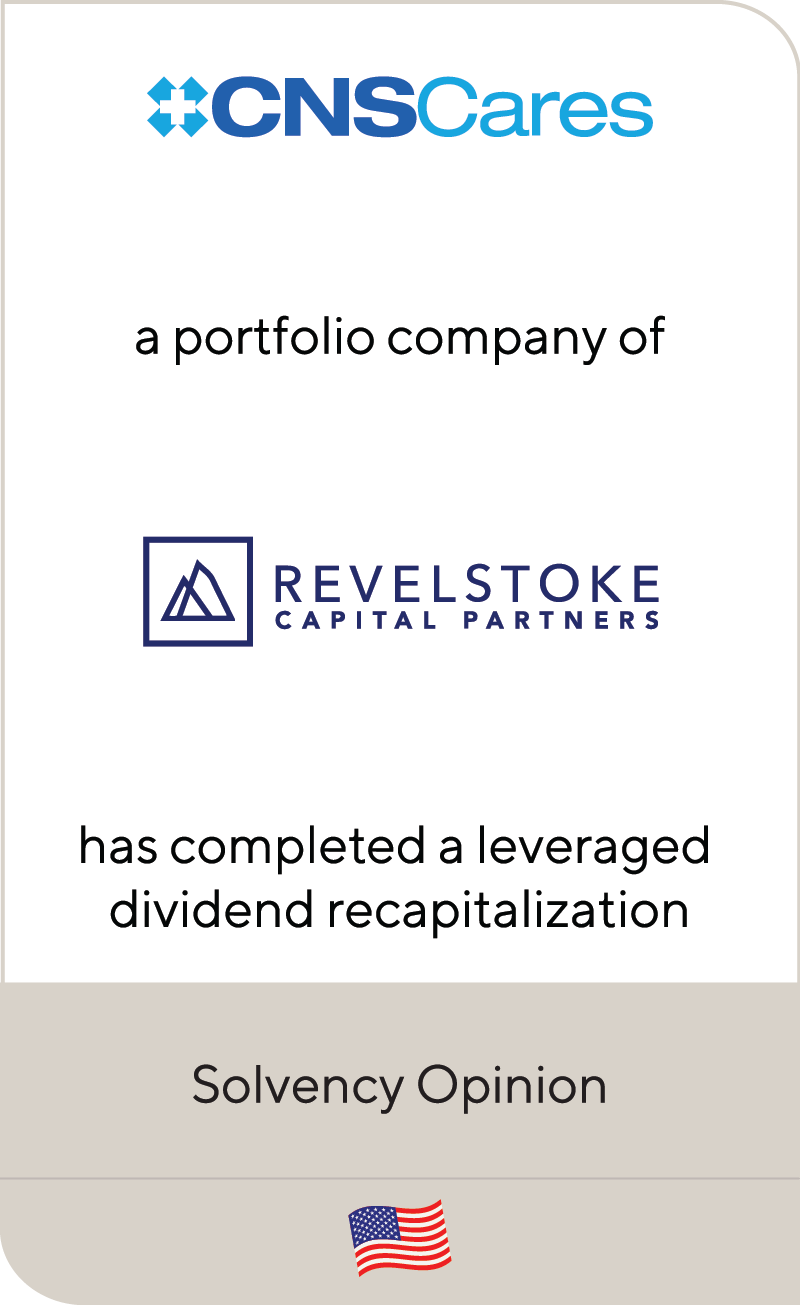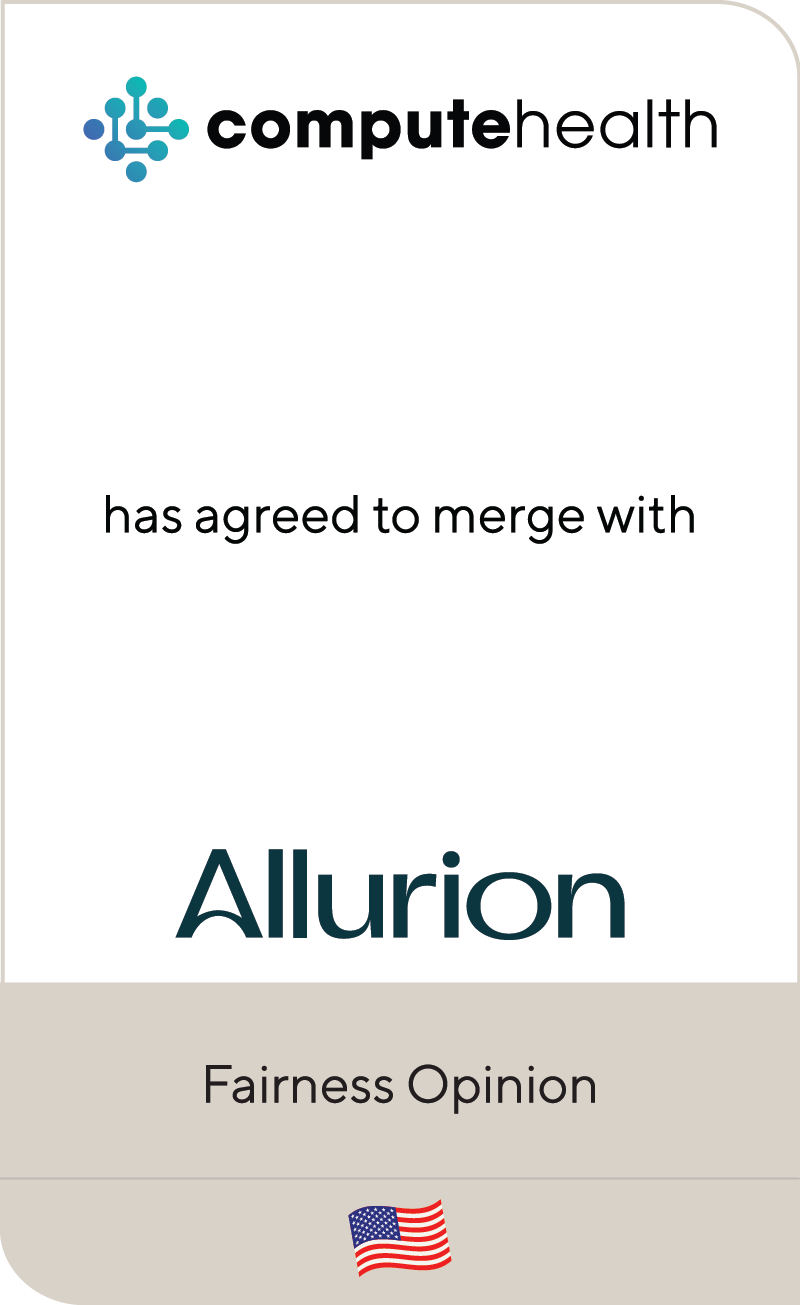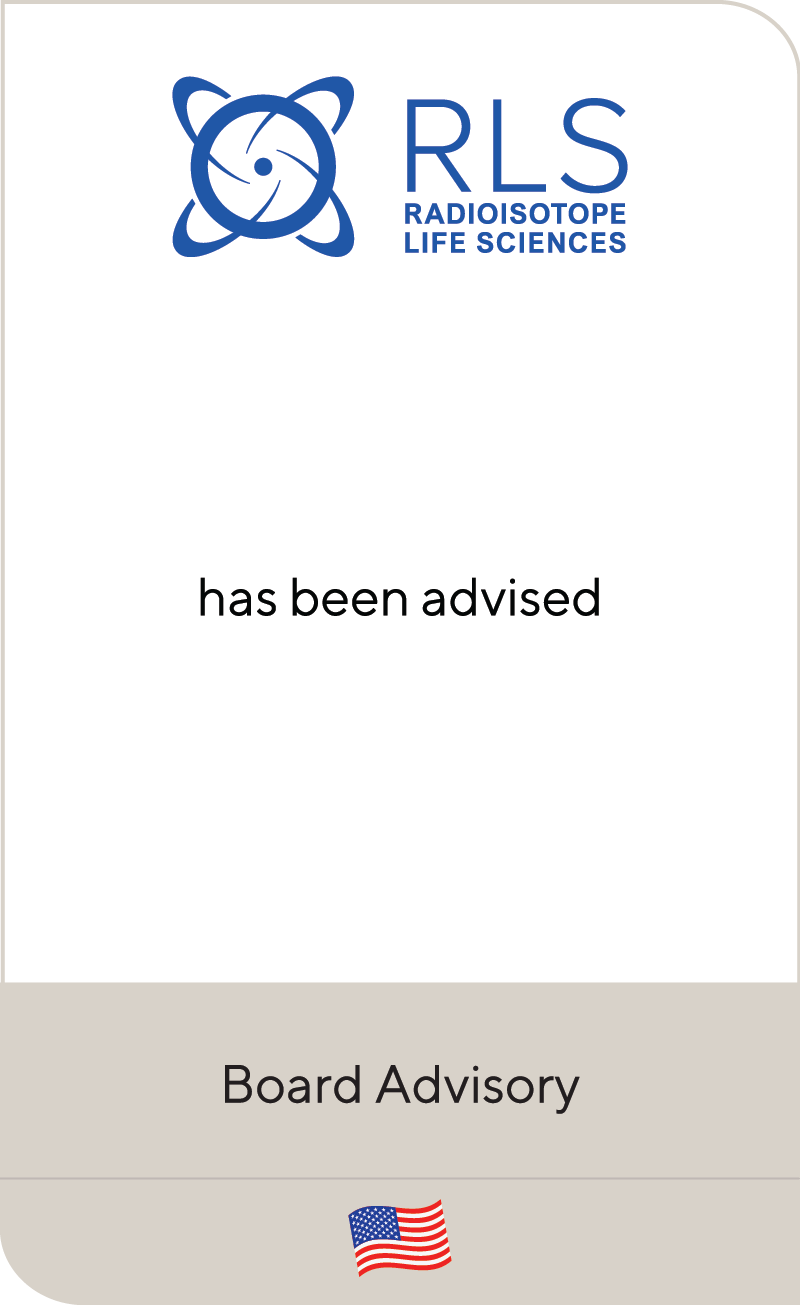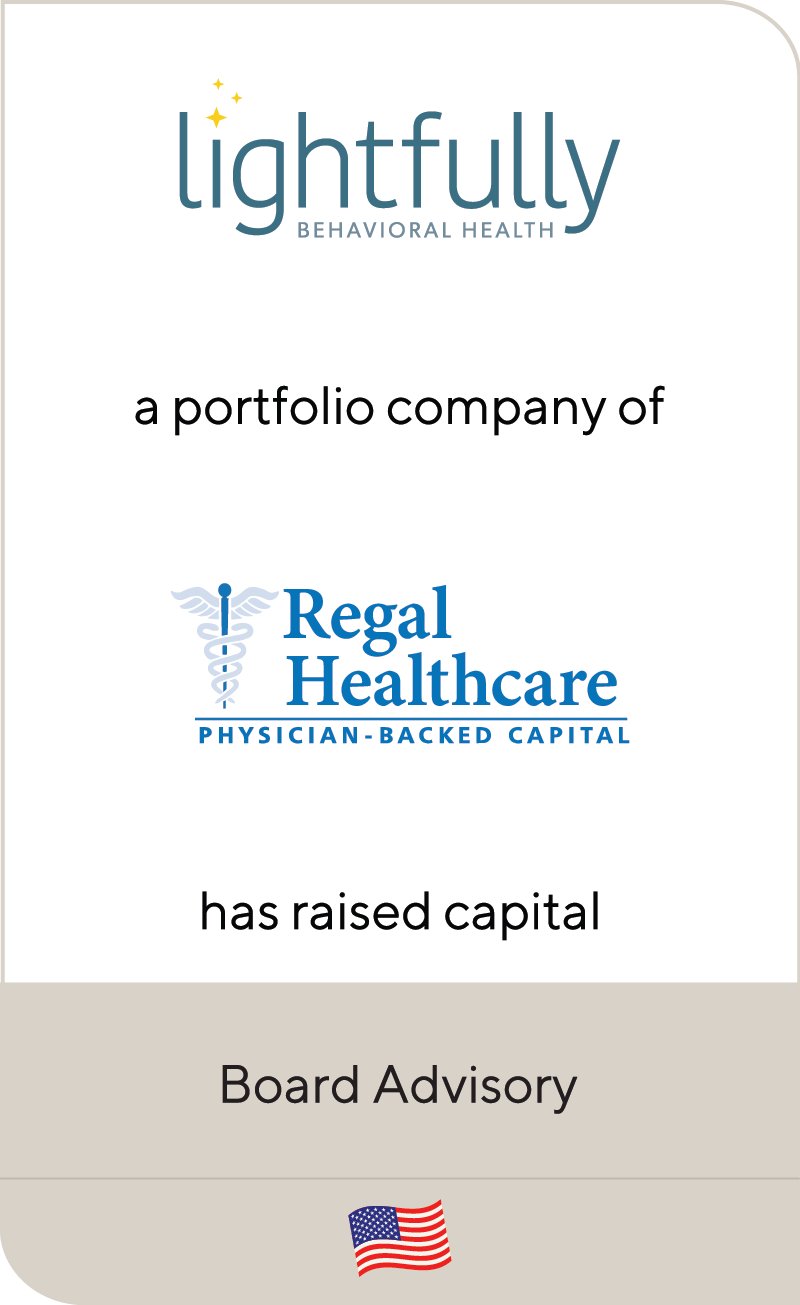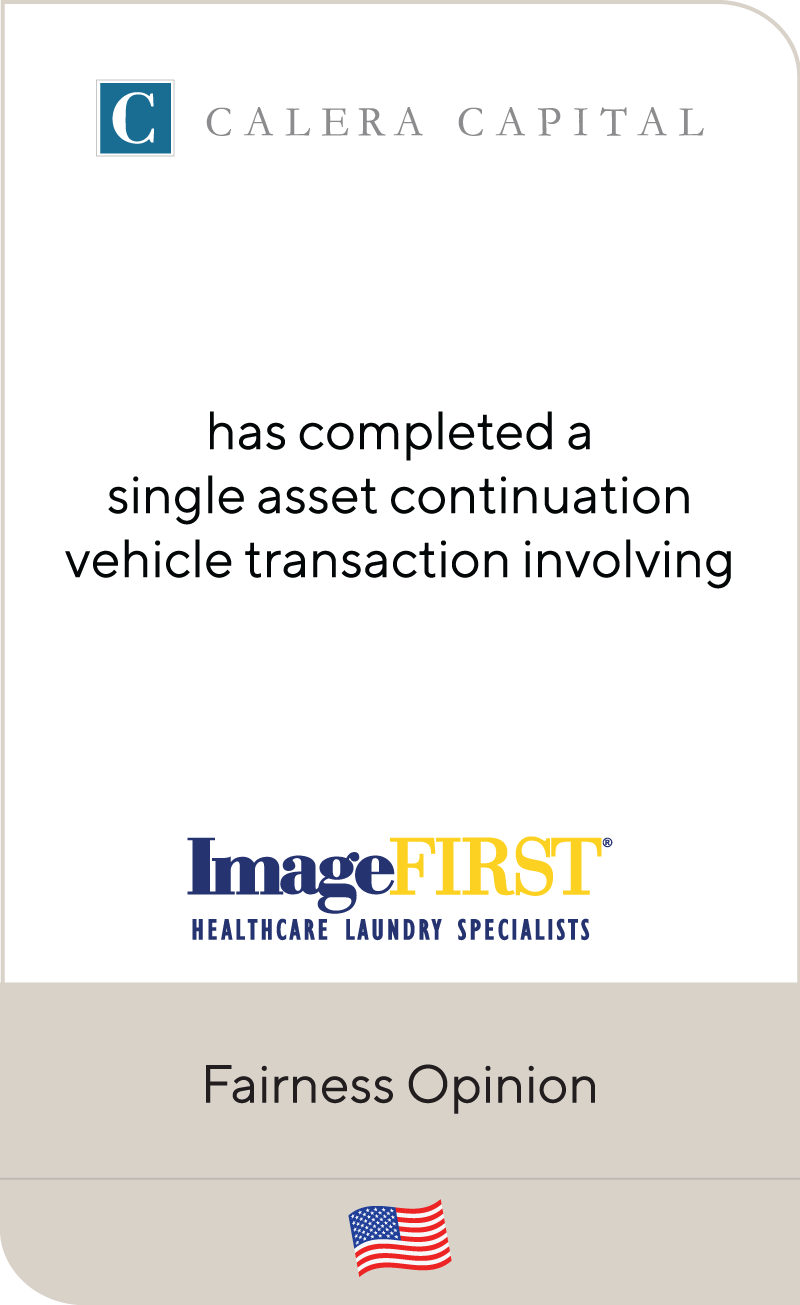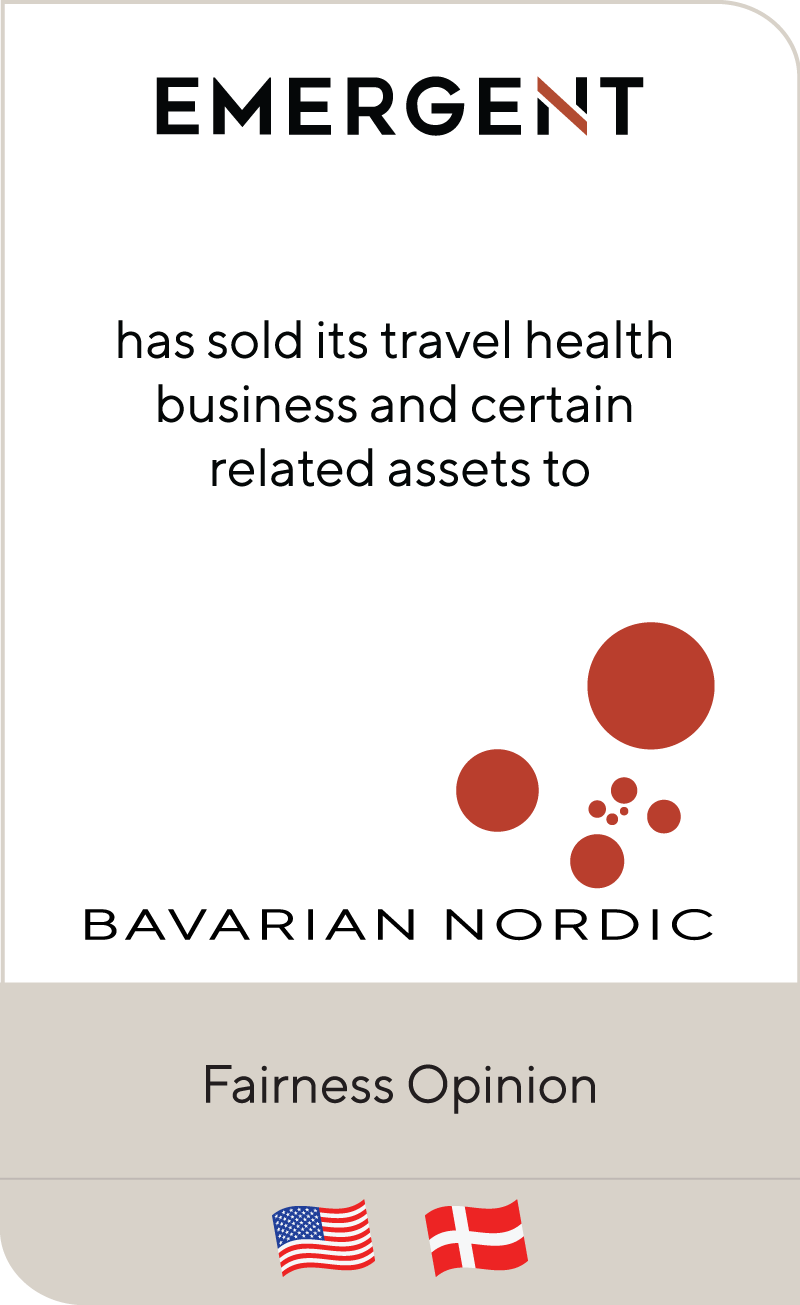Investors in Healthcare | Q&A with Lincoln Professionals
Jul 2024
Originally posted by Investors in Healthcare on July 25, 2024.
Lincoln International, the U.S.-headquartered global investment banking advisor, is a well-known name in the European healthcare markets, providing advice to business owners and senior executives of leading private equity firms and public and privately held companies.
It offers clients a range of M&A and capital advisory services, and partners with private equity firms to raise capital and create private capital solutions.
A passion for healthcare has made it one of the fastest growing investment banking advisors for that particular sector. In 2023, it advised on over 45 healthcare M&A transactions around the world, more than 65% of which were sell-side M&A transactions with private equity clients.
Summary
-
Lincoln International’s Matthew Lee and Richard Olson discuss the European healthcare market with Investors in Healthcare.
- Sign up to receive Lincoln's perspectives
European business in 2024 has included it being sell-side advisor to Smile Invest on the sale of Rovers Medical Devices to Helma, it advised Gilde Healthcare on the sale of RAD-x to Swiss Life Asset Managers and Vesper Infrastructure Partners, and it was buy-side advisor to Bridgepoint Growth on the acquisition of Identicare from Animalcare Group.
Lincoln is also one of the most active providers of valuation services to leading investment funds and financial institutions. The Valuations & Opinions Group collaborates with its M&A and capital advisory colleagues to combine real-world experience with expertise in all types of valuation methodologies. It carries out more than 20,000 valuations of portfolio companies annually and, in 2023, provided over 50 transactions opinions.
IIH recently sat down with Lincoln’s co-head of European Healthcare, Matthew Lee, and Richard Olson, head of Lincoln’s European Valuations & Opinions Group, to discuss how current market dynamics are impacting valuations, and look ahead to the outlook for European healthcare M&A activity as we head into the second half of 2024 and on towards 2025.
IIH: How would you sum up European healthcare M&A activity this year?
Matthew Lee: It has been a bit more muted than everyone had hoped for coming into 2024, following a year of low activity since H1 2022 – healthcare platform deals in 2023 versus 2021, were around 25% lower.
If we look at the Healthcare M&A data for 2024, year-to-date then it points to business being lower again on volumes.
At our healthcare seminar in May, which covered valuations, debt and M&A, we polled our European MDs on their views on the outlook for healthcare M&A this year; some 60% of respondents thought that 2024 would end slightly higher than last year based on our own WIP which is encouraging although it is clear there is an element of H2 recovery in here.
Personally, I think we’ll probably end up seeing about the same level of business this year as last year. That’s because the summer is likely to be quiet thanks to all the distractions: country elections, the Olympics and the general summer slowdown.
Our view of the recovery somewhat depends on how fast and when interest rates start to come down. The ECB cut rates by 25 basis points in June and it’s generally thought that the Bank of England could move in August, which would start to bring some positive sentiment, something that has been lacking.
We’re hoping that Q4 will mark the start of a ramp up in activity that will lead to a very busy 2025. At Lincoln, we’ve got a backlog of deals ready to go and we have hired eight MDs in the last eight months across our sector teams in readiness for 2025.
It’s just a question of when people are going to press the button to go to market with their prize assets.
IIH: What’s preventing them from pulling the trigger?
Richard Olson: Interest rates and valuation gaps. The two are very much connected.
Leverage capacity in deals is maybe 10% less than historically, in multiple terms, and deals are needing a higher equity cushion than during the peak leverage levels of 2021 and that is affecting valuations.
In previous years, marquee deals would transact in healthy mid-teen multiples, but with base rates at 4%-plus, bidders have questioned valuation expectations. They have focused more on diligence around platform quality / like-for-like growth, etc, and where that’s not delivered, these deals haven’t happened.
We’re still seeing deals go through at high multiples for the best assets but people are making sure that valuations work before pulling the trigger. Valuations are holding up better if a target company’s earnings have been growing strongly, but investors have wanted to be absolutely confident that they’re not going to take further down valuations on levels they’re buying in at.
Revenues within the industry have actually been fairly positive, and we have started to see margins bottoming out and beginning to recover to such an extent that you can point to some stabilization in the market – performance is good and labor cost inflation is starting to taper off. We can be pretty confident that, given solid revenue and EBITDA growth in Europe and with rates starting to come down, that multiples are pretty well baked at the moment. They shouldn’t be going much lower.
That should be a catalyst to get deals at least launched if not fully concluded. People just don’t want to be the first out of the block in an uncertain market.
IIH: Do you sense any internal pressure within PEs that might prompt activity? A need to exit or deploy funds that is affecting valuations and turnover.
Richard: Within our valuations practice, we’ve seen a tick up in demand for ‘fairness opinions’ from continuation vehicles. Fairness opinions are used within secondary private equity transactions – transactions largely driven by limited partners (LPs) and their need for liquidity.
General partners (GPs) may not be interested in selling an asset on behalf of a fund. They may be more interested in holding onto it in the expectation of continued growth, but individual LPs within the platform might need liquidity now. They might be willing to take a slight discount to the net asset value quoted by the GP in order to generate liquidity.
The fund itself is not selling an asset, but the LP interest is sold, and that allows the GP to continue to manage the same asset.
It’s been a growth market of late in spite of, or because of, the limited amount of M&A activity. In fact, global fundraising through 2023 for secondary strategies outstripped funds raised for all other strategies.
Matthew: LPs needing liquidity doesn’t necessarily manifest itself in M&A deals or IPOs. Continuation vehicles or other similar transactions are options, but they can only represent a small part of a fund’s strategy for returning capital to LPs. It can’t replace M&A.
And, as we move towards a period of lower interest rates and valuations, we would expect deal turnover to increase. There is building pressure from the dry powder sitting in private equity un-deployed – some of that has been in funds, for instance, for over four years – and if they don’t spend it soon there will be ramifications for them in terms of future fund fundraises.
There’s big pressure on GPs to deploy capital that has been unspent to date. And I think that is making the mid-market fundraising environment more challenging than ever as LPs have not had their investments realized.
Debt recapitalization is another way of returning money to investors. If the business has reduced its leverage through healthy earnings, then it can go back to the banking market for additional leverage. Advisors will work with companies to look at adjusting the leverage structures and maybe conduct a dividend recap.
But I think the weight of unsold portfolio companies sitting in the hands of private equity isn’t going to get resolved unless there’s a more concerted move to sell assets in the ordinary course, through M&A. People are just pausing – they’ve been pausing throughout 2023 and 2024. We’re looking forward to the M&A doors starting to open wider in Q4 24, and the market getting much busier in 2025 – subject to a few interest rate tweaks downwards.
We’re pitching for business and we think, subject to company specifics, that Q1 2025 is going to be a good time to come to market because lenders will have new budgets on capital deployment to start working on, people will come back from holiday with a bit more positivity, interest rates will hopefully have started falling and U.S. elections will be out of the way. There will be more optimism in general, which is key to M&A deal activity.
Much of the pressure of the last two years will have dissipated and, combined with the low pace of asset sales over the same period, the market should be ripe for the return of M&A.
Richard: Another active sector of the market right now is refinancing. Private credit funds are not seeing the volume of platform M&A they have been used to and so they’re having to compete with the syndicated loan market or the direct bank market – which has snapped back from where they were mid-2022 – for refinancing opportunities with existing borrowers in portfolios. That competitive tension is leading to much lower spreads for the right borrowers.
So again, going back to leverage capacity, reduced borrowing costs are having a positive influence on the potential for M&A.
IIH: What are the advantages of going to the private credit market? Do they want tighter covenants to compensate for illiquidity?
Richard: The covenants are similar, but where private credit funds differ from the rest of the debt market is speed: speed in decision making; speed in making commitments.
It’s also easier for a borrower to deal with a single lender, or just a few lenders, if amendments to waivers are required – whatever needs to be put in place.
Private credit tends to benefit a speedy M&A process.
IIH: Where do you see the opportunities for M&A?
Matthew: The immediate areas to review are those areas that have softened most and will benefit from interest rates trending lower. Those with ‘buy and build’ strategies, such as service providers across veterinary, dental, ophthalmology, where debt capital is used to buy businesses and then integrate. The businesses and underlying trends are still attractive.
ANALYSIS OF EV / EBITDA POINTS (10 YEAR PERIOD)
| Veterinary services | Distributors | Retailers | Pharmaceuticals | Labs and diagnostics | Products and food | All | |
| Median | 12.4 | 11.4x | 10.6x | 14.8x | 25.4x | 14.5x | 13.1x |
| Mean | 13.3x | 11.4x | 11.4x | 14.8x | 31.6x | 13.8x | 13.4x |
| Low | 8.6x | 9.1x | 7.8x | 10.9x | 17.5x | 9.9x | 11.2x |
| High | 20.5x | 13.5x | 17.4x | 17.6x | 65.0x | 16.5x | 16.5x |
SELECT RECENT TRANSACTIONS
| Announced date | Sector | Target | Target country | Buyer |
| 24-Mar | Vet products | Sasaeah Holdings Co Ltd | Japan | Virbac SA |
| 24-Feb | Vet products | Elanco Animal Health Inc (Aqua business) | US | Merck & Co (MSD Animal Health) |
| 24-Feb | Vet products | Indenticare Ltd | UK | Bridgepoint Group Plc |
| 24-Jan | Vet services | PetHero Inc | US | Catterton Management Co LLC |
| 23-Dec | Vet diagnostics | Heska Corp | US | Veterinary Pharmaceutical Solutions |
| 23-Dec | Vet services | 2 veterinary practices | Australia | CVS Group Plc |
| 23-Dec | Vet services | Vetzone Spital Veterinar | Romania | Luxvet24 Sp z oo |
| 23-Nov | Vet services | 2 veterinary practices | Australia | CVS Group Plc |
| 23-Nov | Vet services | BeVet SRL | Belgium | Transition Capital Partners |
| 23-Nov | Vet services | Petvisor Holdings LLC | US | Apax Partners LLP (Seven2) |
| 23-Nov | Vet distribution | Montero Vet srl | Romania | Biovet Distributiion SRL |
| 23-Nov | Vet services | Village Vets | Ireland | Inflexion Private Equity Partners LLP |
| 23-Nov | Vet services | Animal Health Centre Ltd | UK | Medivet Group Ltd |
| 23-Nov | Vet services | Veterinary Specialists Aotearoa | New Zealand | Pemba Capital Partners Pty Limited |
| 23-Nov | Pharmaceutical | Brefine Animal Care Ltd | Ireland | VetPartners Limited |
| 23-Aug | Vet diagnostics | Synlab Vet | Europe | Mars |
Source: Capital IQ and company filings, as of 01/04/2024
Note: Figures in EUR; currency conversion at current spot rate and annualized to 31 December for CY multiples
However, if you look at where our clients are investing right now, then one of busiest practices is TMT. In healthcare this translates into healthcare as IT, tech enabled services, etc. There are quite a few transactions in the market at the moment.
Other sectors that will remain busy include those where you’ve got a global revenue base or a high margin leverageable business model that isn’t just dependent on revenues from one single country. Those where you’re able to grow the business organically rather than by using more capital to buy another asset – these are areas where investors are focused.
Pharma services is busy. We’ve advised on three pharma services deals already this year and there’s one more to come in the next couple of months or so.
IIH: And the challenges?
Matthew: When we asked our healthcare colleagues across Europe, they highlighted the key risks to recovery were debt markets, interest rates, and vendor expectations. They are the top three…albeit geopolitical remains a risk we are cautious on.
IIH: You are evidently confident of a pick-up in the markets. How are you – and your peers – preparing in anticipation of more business?
Matthew: People are trying to get ahead of the pack right now – doing a lot of preparation work. There are a number of deals which are already in process that could appear at the back end of this year.
There are a lot of funds with a wealth of capital that, after a slow couple of years, want to get on with life. And, as interest rates drop and confidence starts to return, then you’ll see Q4 getting busier – whether it’s with actual deal flow, deals in process or in marketing of potential transactions.
At Lincoln, we’re are in growth mode. We have hired eight managing directors in the UK since November / December last year – two in TMT, two in business services, one in energy transition and infrastructure, one in transaction opinions, one in continuation vehicles and one in sponsorship coverage.
On the healthcare side, we’re also looking at growth hires which will bring the healthcare team to around 30.
We are ready for when the market turns.
Contributors

It’s extremely rewarding to work in one of the largest and most diverse global business sectors helping support clients to realize their goals.
Matthew Lee
Managing Director, Head of UK & Co-head of Healthcare, Europe
London
Communication and critical thinking are paramount to meeting the needs of my clients both today and in their future.
Richard Olson
Managing Director & Head of Valuations, Europe
London
